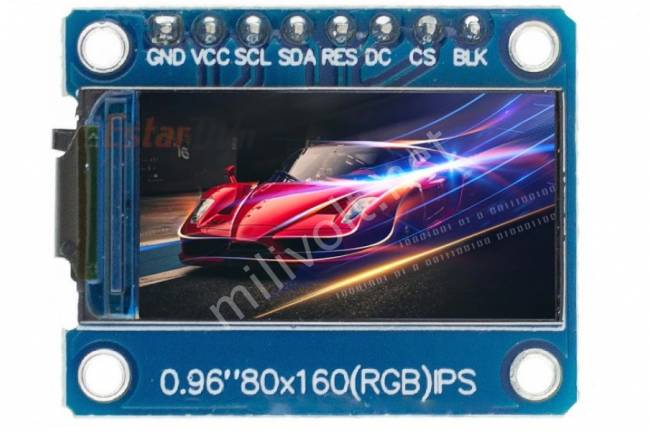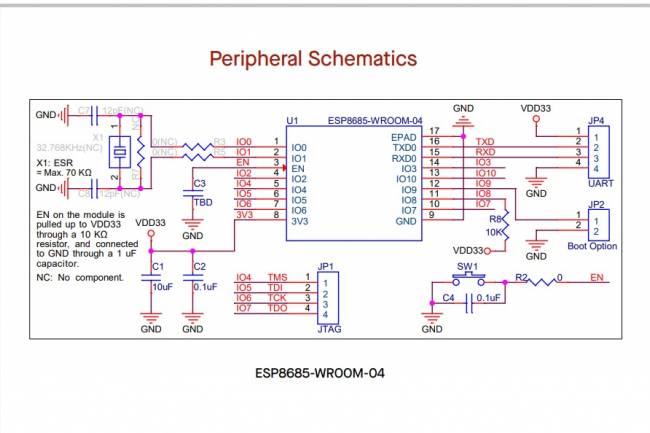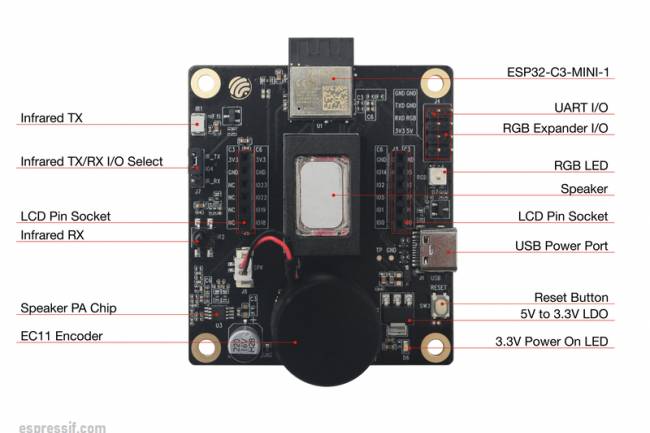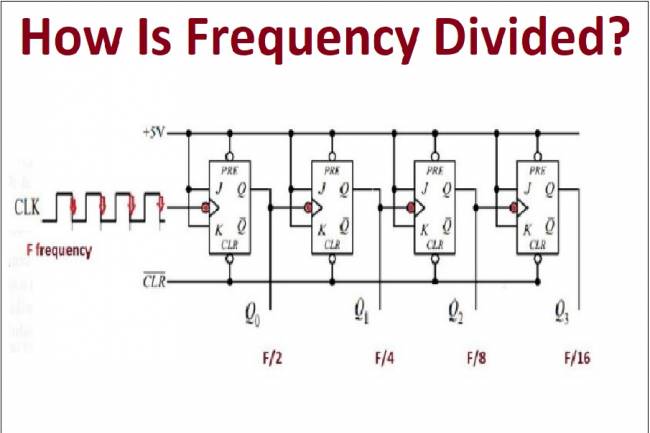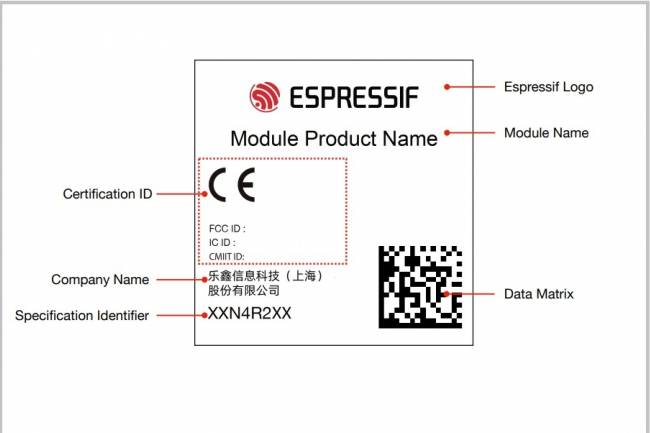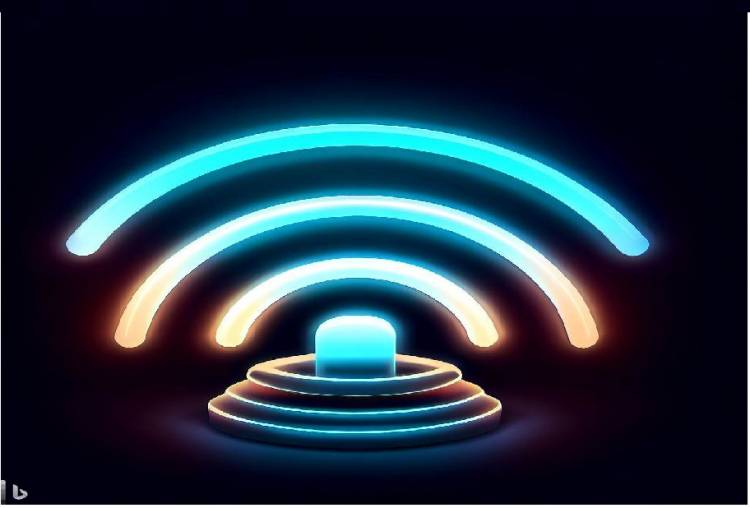
Wi-Fi Standards
What is Wi-Fi?
Wi-Fi (Wireless Fidelity) is a technology used for wireless communication. Wi-Fi is a standard that enables data communication between electronic devices and is often used for wireless internet access.
Wi-Fi technology transmits data via radio waves. In this way, you can communicate between devices and connect to the internet without using cables. Wi-Fi networks are usually created through Wi-Fi routers or access points.
Wi-Fi provides wireless connectivity between various devices, such as computers, smartphones, tablets, game consoles, printers and other IoT devices. Wi-Fi has a wide range of uses and is a common technology used in homes, offices, cafes, airports, hotels and many public places.
Wi-Fi And TCP/IP
Wi-Fi connection is associated with Physical Layer and Data Link Layer in TCP/IP model.
The Physical Layer defines the physical components used in the cabling or wireless environment for data transmission. Since Wi-Fi is a wireless communication technology, the Physical Layer is included in this connection.
Wi-Fi Latest Developments
The latest wireless network standard is Wi-Fi 6E. Wi-Fi 6E is an enhanced version of the previous generation Wi-Fi 6. Wi-Fi 6E uses a wider frequency spectrum, offering benefits such as faster data transfer rates, lower latency, and the ability to connect more devices simultaneously.
Wi-Fi 6E differs from the previous generation Wi-Fi 6 in its ability to use the 6 GHz frequency band. This provides a wider bandwidth and can offer higher performance because it has less density. Wi-Fi 6E offers features that enhance the user experience, such as faster internet connections, better multi-device performance, and more reliable connections.
However, it is important to note that in order to use Wi-Fi 6E, both the router and the devices must provide Wi-Fi 6E support. In addition, devices that are compatible with the widely used Wi-Fi 6 (802.11ax) and previous standards (Wi-Fi 5, Wi-Fi 4, etc.) are still available.
Previous Versions
Previous versions of Wi-Fi are as follows:
Wi-Fi 1 (802.11b): Released in 1999, Wi-Fi 1 is the original wireless networking standard. It uses the 2.4 GHz frequency band and offers a maximum data transfer rate of 11 Mbps.
Wi-Fi 2 (802.11a): Wi-Fi 2, released in 1999, uses the 5 GHz frequency band, unlike Wi-Fi 1. It offers a maximum data transfer rate of 54 Mbps.
Wi-Fi 3 (802.11g): Wi-Fi 3, released in 2003, is a standard that supports both the 2.4 GHz and 5 GHz frequency bands. It offers a maximum data transfer rate of 54 Mbps.
Wi-Fi 4 (802.11n): Released in 2009, Wi-Fi 4 introduced MIMO (Multiple-Input Multiple-Output) technology to provide higher speed and performance. It can operate in the 2.4 GHz and/or 5 GHz frequency bands and offers a maximum data transfer rate of 600 Mbps.
Wi-Fi 5 (802.11ac): Released in 2013, Wi-Fi 5 offers faster data transfer, better capacity and lower latency. It operates in the 5 GHz frequency band and provides a maximum data transfer rate of 6.9 Gbps.
Wi-Fi 6 (802.11ax): Released in 2019, Wi-Fi 6 provides faster speeds, better multi-device performance and lower power consumption.
It can operate in both 2.4 GHz and 5 GHz frequency bands and offers a maximum data transfer rate of 9.6 Gbps.



